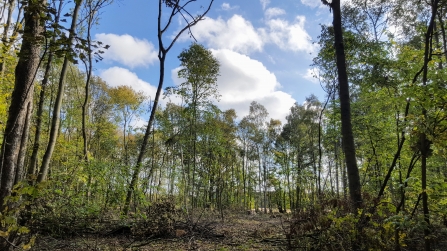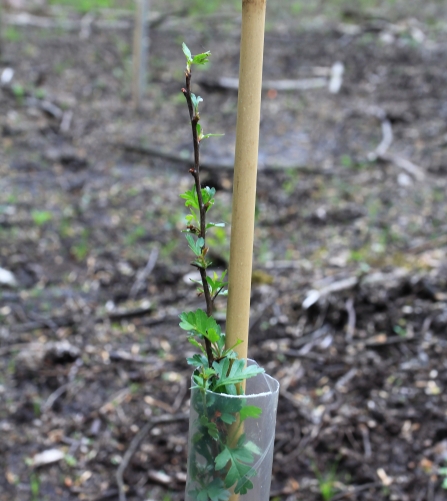During the winters of 2017/18 and 2018/19 we’ve been doing some larger scale woodland works - that is, felling lots of trees. Works like this can look shocking when dozens of large trees are felled at once. This blog explains a bit about why woodland management is necessary, and how we go about it.
We acquired Beeston Plantation as an extension to Potteric Carr nature reserve in 2015. Before this, it had been more or less neglected for several decades.
Looking on the ground at the old rides (management tracks), these were largely indistinguishable from the rest of the woodland. Widening these rides was a starting point for our work, which creates variety in structure in the wood. You end up with areas with no canopy at all, areas with just smaller trees, and finally areas of full height closed canopy woodland. This structural diversity leads to more variety of the species that are found in the wood.
Although the most of the things that will find a home in the managed wood are invertebrates that are hard to see and difficult to survey for (as they need specialist identification), we did see an improvement in numbers of breeding birds in a single year (after the first winter of work), and the ground flora was improved.


